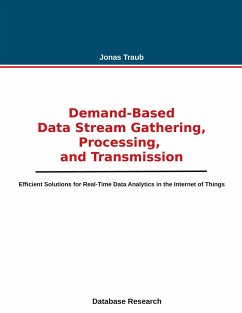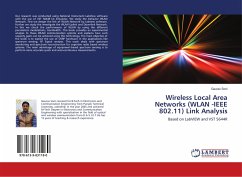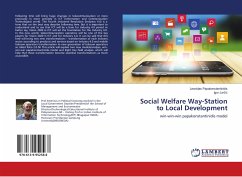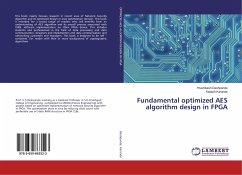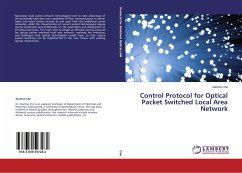With increasing availability of computation power, digital signal analysis algorithms have the potential of evolving from the common framewise operational method to samplewise operations which offer more precision in time. This thesis discusses a set of methods with samplewise operations: local signal approximation via Recursive Least Squares (RLS) where a mathematical model is fit to the signal within a sliding window at each sample. Thereby both the signal models and cost windows are generated by Autonomous Linear State Space Models (ALSSMs). The modeling capability of ALSSMs is vast, as they can model exponentials, polynomials and sinusoidal functions as well as any linear and multiplicative combination thereof. The fitting method offers efficient recursions, subsample precision by way of the signal model and additional goodness of fit measures based on the recursively computed fitting cost. Classical methods such as standard Savitzky-Golay (SG) smoothing filters and the Short-Time Fourier Transform (STFT) are united under a common framework. First, we complete the existing framework. The ALSSM parameterization and RLS recursions are provided for a general function. The solution of the fit parameters for different constraint problems are reviewed. Moreover, feature extraction from both the fit parameters and the cost is detailed as well as examples of their use. In particular, we introduce terminology to analyze the fitting problem from the perspective of projection to a local Hilbert space and as a linear filter. Analytical rules are given for computation of the equivalent filter response and the steady-state precision matrix of the cost. After establishing the local approximation framework, we further discuss two classes of signal models in particular, namely polynomial and sinusoidal functions. The signal models are complementary, as by nature, polynomials are suited for time-domain description of signals while sinusoids are suited for the frequency-domain. For local approximation of polynomials, we derive analytical expressions for the steady-state covariance matrix and the linear filter of the coefficients based on the theory of orthogonal polynomial bases. We then discuss the fundamental application of smoothing filters based on local polynomial approximation. We generalize standard SG filters to any ALSSM window and introduce a novel class of smoothing filters based on polynomial fitting to running sums.
Bitte wählen Sie Ihr Anliegen aus.
Rechnungen
Retourenschein anfordern
Bestellstatus
Storno



